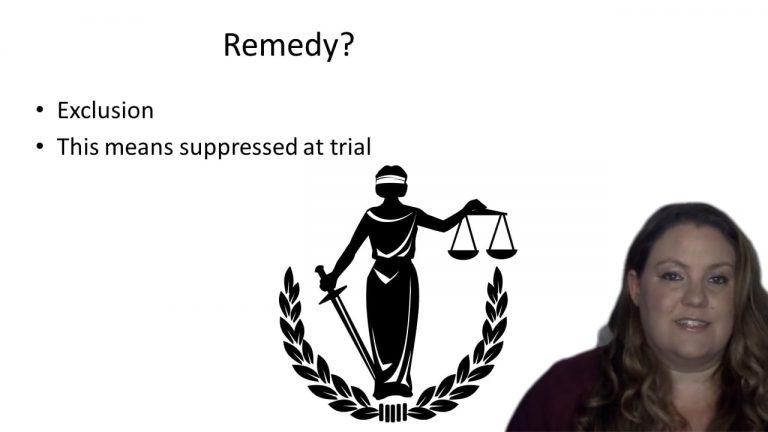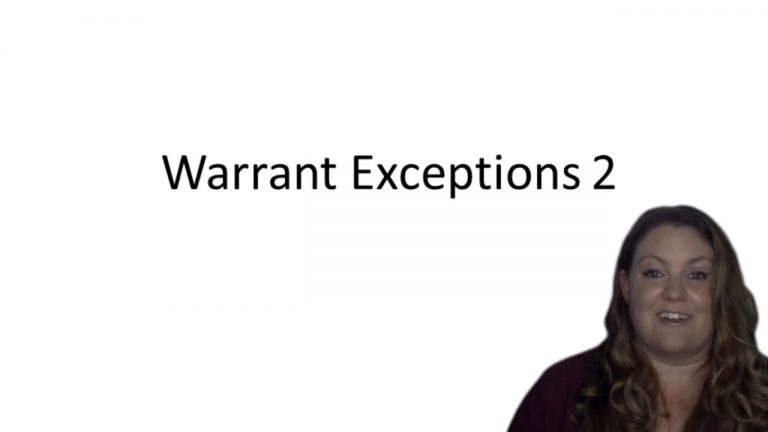SmartBrief
Confirm favorite deletion?
Criminal Procedure Keyed to Allen
Florida v. J.L.
Citation:
529 U.S. 266 (2000).Facts
An anonymous caller reported to the police that a young black male standing at a particular bus stop and wearing a plaid shirt was carrying a gun. There was no audio recording of the tip or information known about the informant. Sometime after receiving the tip, two officers went to the bus stop and saw three black males hanging out there. One of three men was the Respondent, J.L. The Respondent was wearing a plaid shirt. Other than the tip, the officers had no reason to suspect any of the three men of illegal conduct. One of the officers approached the Respondent, told him to put his hands on the bus stop, frisked him, and seized a gun from his pocket. The second officer frisked the other two men and found nothing. The Respondent was ten days shy of his sixteenth birthday and was charged under a state law with carrying a concealed firearm without a license and possessing a firearm while under the age of 18. The respondent moved to suppress the gun as fruit of an unlawful search.
Only StudyBuddy Pro offers the complete Case Brief Anatomy*
Access the most important case brief elements for optimal case understanding.
*Case Brief Anatomy includes: Brief Prologue, Complete Case Brief, Brief Epilogue
- The Brief Prologue provides necessary case brief introductory information and includes:
Topic:
Identifies the topic of law and where this case fits within your course outline.Parties:
Identifies the cast of characters involved in the case.Procedural Posture & History:
Shares the case history with how lower courts have ruled on the matter.Case Key Terms, Acts, Doctrines, etc.:
A case specific Legal Term Dictionary.Case Doctrines, Acts, Statutes, Amendments and Treatises:
Identifies and Defines Legal Authority used in this case.
- The Case Brief is the complete case summarized and authored in the traditional Law School I.R.A.C. format. The Pro case brief includes:
Brief Facts:
A Synopsis of the Facts of the case.Rule of Law:
Identifies the Legal Principle the Court used in deciding the case.Facts:
What are the factual circumstances that gave rise to the civil or criminal case? What is the relationship of the Parties that are involved in the case.Issue(s):
Lists the Questions of Law that are raised by the Facts of the case.Holding:
Shares the Court's answer to the legal questions raised in the issue.Concurring / Dissenting Opinions:
Includes valuable concurring or dissenting opinions and their key points.Reasoning and Analysis:
Identifies the chain of argument(s) which led the judges to rule as they did.
- The Brief Prologue closes the case brief with important forward-looking discussion and includes:
Policy:
Identifies the Policy if any that has been established by the case.Court Direction:
Shares where the Court went from here for this case.
Topic Resources
Topic Videos
 15m 53s
15m 53s 10m 33s
10m 33sTopic Outline
Topic Charts & Notes

